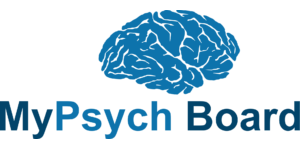A 53-year-old male with a history of depression is admitted to the inpatient medical floor after presenting to the ER with altered mental status. Psychiatry is consulted due to some suspicion that he may have intentionally overdosed on one of his home medications. He appears slow in his movements and when the psychiatrist asks him, “What day is it today?” he stares back for a few minutes and ultimately responds with “…what day is it today, what day is it today”. On physical examination, the patient tends to initially push against movements but then allows the physician to guide him with mild resistance. The psychiatrist also notices that at various points during the interview and examination, the patient will hold a limb in a given position for longer than one would expect. A few hours later, the patient’s wife provides some additional collateral and notes that he was recently prescribed metoclopramide to treat nausea after a procedure.
Q1: Which of the following is correct regarding this patient’s most likely diagnosis?
A This patient likely has Major Depressive Disorder with Psychotic Features; once medically cleared, he should be started on an SSRI plus atypical antipsychotic
B Given the patient’s age and presenting symptoms, Delirium due to medical causes should be ruled out
C This patient should be administered the Bush-Francis Catatonia Rating Scale (BFCRS) and if he scores below 10, catatonia is likely
D Catatonia is unlikely as a mood disorder like Major Depressive Disorder (MDD) would not typically lead to these type of symptoms
E Catatonia can only occur in patients with a psychotic illness (i.e. Schizophrenia), and thus this patient’s history of MDD reduces the likelihood of catatonia
